Olympus OM 1 With 50mm f1.8 Auto lens [Best Deals + Guide]
Original price was: $80.00.$49.99Current price is: $49.99.
In 1972, Olympus introduced the M-1 model of their camera. But how does this straightforward film camera stack up against other options currently available on the market? In this article, we will provide you with a comprehensive analysis of the Olympus OM 1 camera.
A look at the Olympus OM-1
When Olympus finally entered the 35mm film SLR market in 1972 with the launch of the Olympus OM-1, the company was well behind its competitors. As a point of reference, the Nikon F was first introduced to consumers about 13 years before the Olympus M1 was released. And because they were already running behind schedule, Olympus needed to find a way to differentiate themselves in order for the M-1 to be successful. And they did so in the right way with regard to its design. In an era when single-lens reflex cameras were becoming increasingly large and cumbersome, the Olympus M-1 stood out due to its streamlined, lightweight, and compact form factor.
In point of fact, it was hailed as the world's tiniest and lightest 35mm single-lens reflex camera. Users had a great deal of praise for the incredible viewfinder of the camera, in addition to the straightforward design language. Because it is well-lit and has a magnification of 0.92x, focusing is simplified to a great extent by using it. A light meter is included in addition to the fully mechanical design of the camera. The light meter is activated when the camera is turned "ON," but if you want to use the camera without the light meter, turn the camera off instead of turning it "ON."
Therefore, the camera's operation is not adversely affected by the battery in any way. However, despite the fact that the camera is equipped with a light meter, Olympus did not include the auto-exposure modes (aperture priority and shutter priority). It is interesting to note that Olympus had to change the name of the camera from the M-1 to the OM-1 after it had already been released. The camera had to be renamed because Leica had alerted Olympus to the fact that they were using a nomenclature that was too similar to their own (hint: Leica M1). Because of this, there are still some of the very first M1 cameras floating around out there.
To whom does Olympus cater the OM-1 camera?
Because of its compact size and low weight, this camera is an excellent option for those who prefer to travel light and shoot street photography. It should be able to fit reasonably well in your bag, and you should be able to carry it around with you all day without even noticing it. It is a wonderful illustration of portability at its most exemplary level.
It doesn't matter if you are a working pro taking photos casually or someone who is just starting out with film photography because the camera is affordable and includes a light meter. Anyone will find it comfortable to work with the camera because of how easy it is to use. Although those who are just starting out in photography might be put off by the lack of auto-exposure modes, I think it makes learning film photography much easier.
This makes it possible for beginning photographers to gain an understanding of the relationship between the various aspects of photography, such as shutter speed, ISO, and aperture. Things can get difficult for photography professionals who want to use the OM-1 in professional shoots that take place outside with flash. The flash cannot be synchronized with the camera at a faster speed than 1/60 second. If appropriate precautions are not taken, this will result in the shots being overexposed.
The Olympus OM-1 has these features
- Date of initial release, 1972: Olympus OM-1 model
- The bayonet-style Olympus OM Mount serves as the lens mount.
Dimensions 136 x 83 x 50 mm Weight 510g - Bulb mode, shutter speed between 1/1000 and 1 second
a flash sync speed of 1/60 of a second - ISO range ISO 25-1600
- Mercury battery with a voltage of 1.35 volts
- View finder 0.92x Self-Timer
- Lever type with an approximative 4–12 second delay
Design
The Olympus OM-1 has a design language that can be described as being straightforward while also being functional. It comes with everything that we require, but none of the things that we could ever make use of. When it was first released, the camera actually established brand-new industry standards for SLRs in terms of the amount of functionality they offer, how easily they can be handled, and how portable they are. Its layout made it abundantly clear to the market that SLRs could also be compact, and as a result, it altered the path that 35mm cameras would take in their development.
You can get an idea of how simplistic the design of the OM1 is by looking at the top plate of the camera. You can see that the only controls that are located on the right-hand side of the camera are the ISO dial, the frame counter, the film advance lever, and the shutter release button. There is no dial for exposure compensation, no button for double exposure, and even the dial for shutter speed is absent from the camera.
On the left-hand side of the camera, we only have the switch to turn the light meter on and off, as well as the knob to rewind the film. Even though the dial for the shutter speed is not located on the top plate, this does not indicate that you do not have control over the shutter speed. Using the ring mechanism that is located around the lens mount area of the camera, you are able to set the shutter speed on the camera. This operates in a manner that is analogous to the aperture ring mechanism that is located on the lens. When you first try it, holding the camera up to your eye might feel strange, but after some practice, you'll be able to adjust the shutter speed and aperture without any problems.
Check out our picks for the best film cameras if you'd like more options than those presented in this section.
Olympus om 1 viewfinder
Viewfinder
One of the most notable features of the Olympus OM-1 is its built-in viewfinder, which has become a topic of discussion. When you first look through the viewfinder, it quickly becomes clear that it is noticeably large and bright. This is immediately noticeable. It is approximately thirty percent higher than the majority of the other 35mm SLRs available on the market. When used in conjunction with a 50mm lens, it has a magnification of 0.92 times at infinity, which explains why.
Additionally, the viewfinder covers approximately 97% of the actual picture field. Because it has such a large viewfinder, this camera makes it very easy to get critical focus exactly where you want it. The view that you get when looking through it is fairly straightforward, which makes it simple to comprehend and straightforward to put to use. It only consists of the exposure meter needle and a central rangefinder spot that can be used to focus.
Metering
The OM-1 has a CdS full aperture type of exposure meter, which takes a reading of the screen illumination with the assistance of a pair of light-sensitive sensors that are located on either side of the viewfinder eyepiece. It makes use of a metering system called center-weighted average, which produces excellent results in the majority of the lighting conditions that we find ourselves working in. Understanding how metering works is quite simple.
It is important to keep in mind that the sign "+" indicates overexposure, whereas the sign "-" indicates underexposure. In order to achieve an exposure that is "correct," you will need to make adjustments to either your shutter speed or aperture until the needle of the meter is positioned precisely between the "+" and "-" signs. If the needle is not visible in the viewfinder, check to see that the "ON" position of the lever on the left side of the camera has been selected. This will start the countdown on the meter. Even with this lever in the "OFF" position, the camera will continue to function, but the meter will not display any readings.
Lenses
If there is one aspect of the Olympus OM-1 that you should be concerned about the least, it is the availability of lenses. The OM-mount is compatible with a plethora of Zuiko lenses that have been manufactured. The lenses are capable of a fantastic level of performance and cover a broad range of focal lengths. You can find a lens that is compatible with your Olympus OM-1 that meets your requirements for a fisheye lens, an ultra-wide-angle lens, a standard lens, or a telephoto lens.
The fact that Zuiko was not the only manufacturer that produced lenses for the OM-mount is one of the many advantages of using that mount. Vivitar, Kiron, Sigma, Tamron, and Tokina are some of the third-party manufacturers that produce lenses in addition to Zuiko. You can also find lenses manufactured by Tokina.
Should you buy an Olympus OM-1 digital camera?
Any kind of photographer can make use of the OM-1 because it is a camera that is adaptable to their needs. You won't run into any problems using the OM-1 to shoot almost anything, provided that you don't subject it to particularly harsh environmental conditions. The OM-1 is a camera that you should strongly consider purchasing if you are interested in traveling and taking photographs in urban settings. Because it does not have any auto-exposure modes, but does have a light meter, it is an excellent tool for learning film photography. Therefore, purchasing the OM-1 to learn film photography is a wise decision, regardless of the reason for your purchase.
Olympus OM 1 verdict
Conclusions Reached Regarding the Olympus OM-1
The Olympus OM-1 is a camera that provides you with everything you require while omitting anything unnecessary. The engineering prowess of Olympus can be seen in the fact that the company was able to cram so many features into the camera despite its diminutive size. Despite the fact that the camera excels in almost every category, there are two significant areas in which I believe the manufacturer could have done a better job. To begin, the film advanced lever has a terrible feel to it, especially in comparison to other parts of the camera.
It is not a pleasant experience to turn the lever because it has a rough texture. When compared to the camera's many other impressive qualities, it has a very disappointing sound. When I put it next to the film advance lever on my Leica M3, it doesn't even come close to competing with it. You can also read the comprehensive review of the Leica M3 that we have here. The following problem is becoming more of an issue right now.
In any case, this was not a problem in the 1970s. The problem is that we have not been able to locate the 1.35V mercury battery, which is essential for the light meter to function, anywhere in the market today. You will be relieved to know that a technician can modify it so that it is compatible with the more modern 1.5V batteries. Therefore, if you are going to send your OM-1 in for a CLA service, it is highly recommended that you also get the adjustment done. With the exception of these two minor issues, the Olympus OM-1 has met all of my expectations and more. You have my recommendation in the event that you are considering purchasing one for your own use.
Additional information
| Brand | Olympus |
|---|---|
| Type | SLR |
| Format | 50 mm |
| Focus Type | Auto |
| Model | Olympus OM-1 |

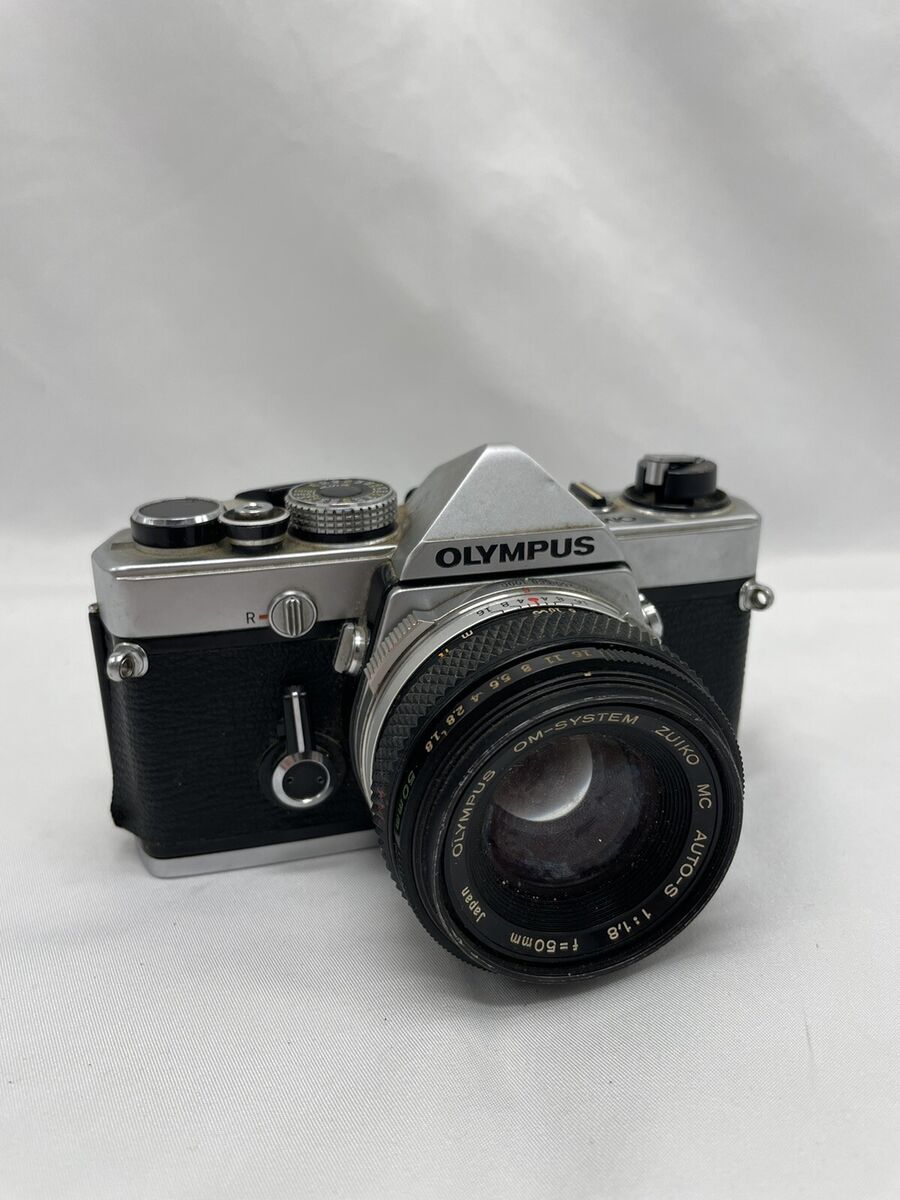
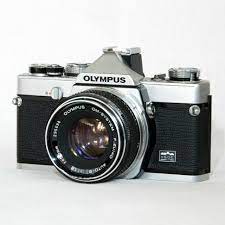
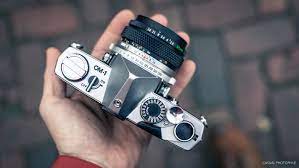
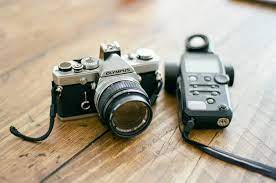
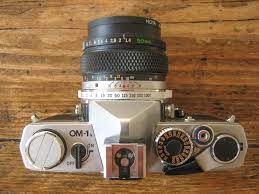
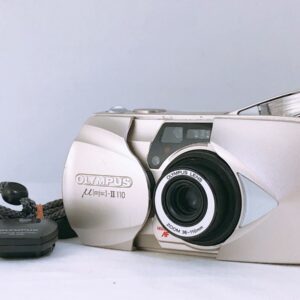
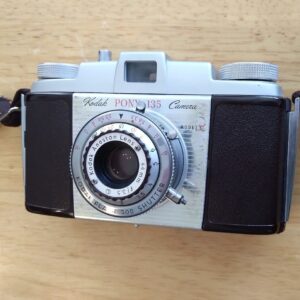
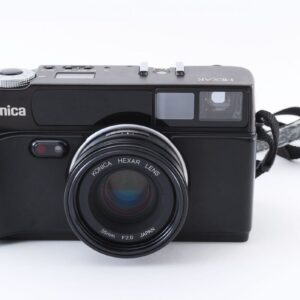
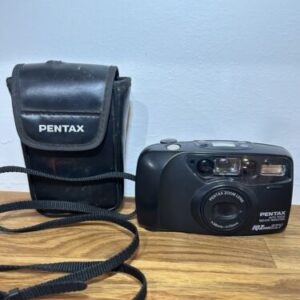
Reviews
There are no reviews yet.